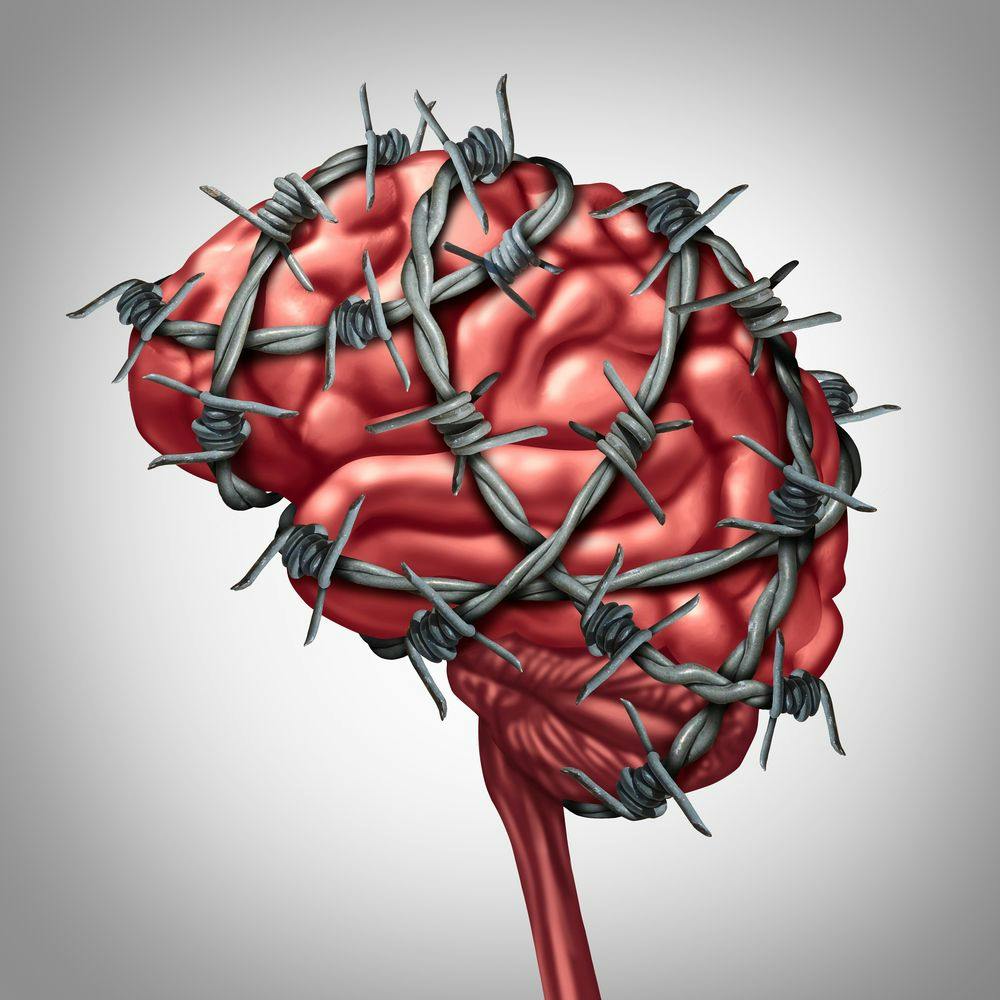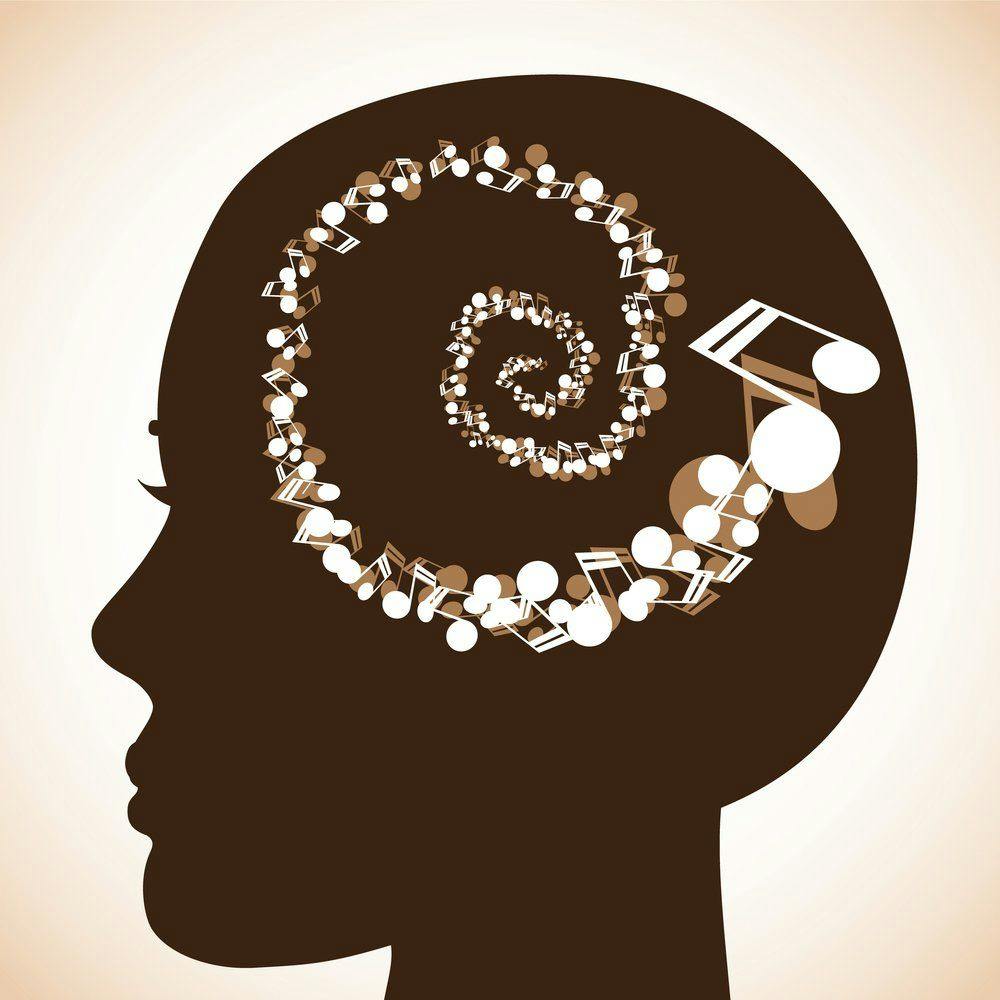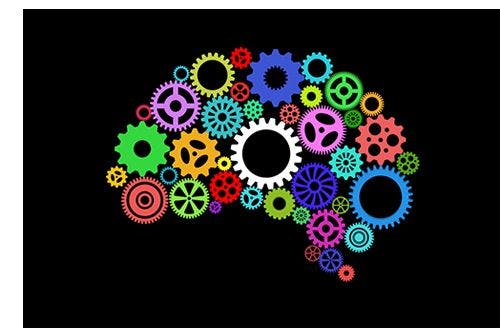Publication
Article
Psychiatric Times
Perinatal Psychiatry: Where Psychoanalytic Theory, Neuroscience, and Integrated Clinical Psychiatry Meet
From a psychodynamic and neurobiological perspective, the recommendation to screen all pregnant and postpartum women for depression and anxiety falls short of what is actually needed to improve the lives of many mothers and their infants and children.
© LIGHTSPRING/SHUTTERSTOCK.COM

In May 2015, the American College of Obstetricians and Gynecologists recommended that all pregnant and postpartum women be screened at least once during the perinatal period (pregnancy and 12 months postpartum) for depression and anxiety.1 From the perspective of integrative care, this is a wonderful recommendation. However, from a more psychodynamic and neurobiological perspective, this recommendation falls short of what is actually needed to improve the lives of many mothers as well as their infants and children. Perinatal psychiatry is one area in psychiatry where our understanding of human growth and development requires knowledge from psychoanalytic concepts (specifically attachment theory), neuroscience (specifically the neurodevelopment of the neonate and the infant), and a sincere collaborative and integrated effort with our colleagues in obstetrics and pediatrics.
Attachment theory
Attachment theory was developed in the 1950s by John Bowlby,2 a British psychiatrist and psychoanalyst who studied children left by their parents in post-World War II England. In his work with these children, Bowlby found that they were not only attached to their parents, but indeed became depressed when they were separated from them. Attachment theory suggests that through the earliest bond with an infant’s parents, the child develops an internal working model of relationships that then becomes a model for all relationships later in life. It is significant that Bowlby suggested that this internal working model of relationships occurs during a sensitive period in the infant’s earliest years of life.
More recently, research on the neurobiology of attachment in humans as well as in other mammals has validated this idea that the first years of life are particularly sensitive to social development, specifically in interactions with the primary caretaker. In humans, the neurobiology of social bonding is forming during the first year of life, and this has significant implications for future social development if the infant is not given an appropriately nurturing environment.
Three levels of attachment
Attachment theory was further studied by Mary Ainsworth,3 John Bowlby’s collaborator, who went on to define 3 distinct and measurable levels of attachment to the primary caregiver:
• Secure attachment
• Anxious attachment
• Avoidant attachment
Anxious and avoidant attachment are classified as insecure attachments. These attachment patterns can be evaluated at 12 months of age and tend to remain consistent over time. Secure attachment is defined as the ability to carry a representational model of attachment figures as being available, responsive, and helpful. Insecure attachment is defined as not seeking out the attachment figure when distressed, or having difficulty moving away from the attachment figure, both situations likely due to having an unresponsive, rejecting, inconsistent, or insensitive caretaker.
This means that by the time the infant is 12 months of age, the internal working models have essentially been set. This has implications for the clinical care of mothers during the perinatal period.
Early brain development
The developing neurobiology of the infant supports the notion that the earliest months of development are crucial for social attachment. For instance, we know that at birth, the hypothalamus is already formed. The hypothalamus functions through the hypothalamic-pituitary-adrenal axis to produce cortisol by the adrenal glands. Cortisol at high doses acts as a neurotoxin and inhibits neural connections, while cortisol at low doses acts as a neurotrophic factor and induces neuronal development through neuroplasticity.
Modulation of cortisol at this early stage of life is extremely important for neuroplasticity and brain development. Social bonding (skin-to-skin contact) and oxytocin are significant modulators of cortisol at this stage of development.4 Hence, if the mother is severely depressed, or is not feeling motivated to hold and touch her infant, this has important effects for the early brain development of the neonate.
Between 2 and 3 months, the hippocampus matures. As part of the limbic system, the hippocampus is involved in spatial and emotional memory. It is also instrumental in memory consolidation. As the hippocampus develops, the infant is able to recognize and remember his mother, smile at her, begin to feel a sense of pleasure with her, and begin to actively engage with her. This is an extremely crucial time with respect to the development of the mother-infant bond, and by 4 months of age, the relationship patterns between a mother and her infant can predict the attachment security of the infant at 12 months.5
It is important to note that the hippocampus has a large number of glucocorticoid receptors, which results in substantial sensitivity to stress and cortisol production. When the infant is stressed, high levels of cortisol are produced, which are neurotoxic to this particular brain region. Therefore, neglect or abuse at this stage can significantly impair the development of the hippocampus.
Another neurobiological system that is developing during the early stages of an infant’s life is the reward system. The reward neurobiology has been dichotomized into 2 systems: the novelty-seeking system and the familiarity system. The novelty-seeking system is largely connected to the ventral striatal pathway, while the dorsal striatal pathway is activated through rewarding experiences such as familiarity, comfort, and satiety. It has been suggested that early in development, the novelty-seeking system is more active.
In the first 3 months, the mother’s face is novel and the infant is driven by the reward circuitry to look at her. The infant is able to engage her by smiling, body language, and eye contact. If the mother is responsive, there is a shift to dorsal striatal activity (familiarity system) where the familiarity of mother and the connection with her become rewarding. If the mother is not appropriately responsive or if there is overt neglect or abuse-essentially generating an unpredictable environment for the infant-the familiarity system may not be able to fully develop. Hence, internal working models (ie, the familiarity system) may not be fully developed or relied upon, which has implications for future relationships for the infant. It also has consequences in terms of reliance on other forms of reward, such as substance abuse during stress.
The amygdala matures at 6 to 7 months of age. With this development, we also see the beginnings of fear and salience, 2 important functions of the amygdala that both relate to the attachment process. The infant at this age will show stranger anxiety and protest separation from the mother. Recognizing salience in one’s primary caretaker is certainly a key feature of attachment. Furthermore, beginning to feel fear of strangers and to avoid danger is also an important process for the development of appropriate social boundaries in relationships.
One hormone that is considered integral to parent-infant attachment is oxytocin. There is evidence that an increase in maternal oxytocin levels during pregnancy may predict mothering behavior during the postpartum period.6 Furthermore, parents with secure attachment show increased oxytocin levels during play, and they show synchronized oxytocin and reward activation during interaction with their infant.
Perhaps not surprisingly, oxytocin levels have been shown to be higher in securely attached mothers compared with those who are not securely attached.4 When securely attached, mothers show an increase in oxytocin when playing with their infants, while oxytocin levels actually decrease with play in mothers who are not securely attached.7 Oxytocin has been shown to decrease cortisol levels during stress. Hence, it appears that oxytocin and secure attachment may regulate the stress system. From a better understanding of the neuroscience, we understand how crucial these first few months of life are in terms of the future relationship between attachment, stress, and object relations of the infant.
Early intervention is crucial
It is clear that the first year of life is crucial in the development of the “social brain structures” and internal working models. Therefore, it is not enough to wait to diagnose depression in the mother when the infant is older; by then the infant’s neurobiology has developed and potential impairments have already occurred. Hence, we must do better than wait for a pregnant or postpartum mother to show signs of depression; we must attempt to predict which mothers may be at risk for depression before impairment sets in and provide her with the appropriate supports in an effort to prevent depression and/or anxiety from occurring in the first place. Furthermore, it is imperative to detect depressive symptoms before they interfere with the emotional and/or physical care of the infant.
To predict who is at increased risk for depression, much more work needs to be done. However, there are already a few possible leads. Mothers with a history of trauma and child abuse and/or poor attachment show lower oxytocin levels, are more likely to get depressed, and are more likely to have children with insecure attachment. We can therefore begin by assessing attachment security and/or child abuse histories in mothers during pregnancy and postpartum. Screening tools, such as child abuse questionnaires and attachment screens, can be used during prenatal visits to better predict whether the mother is at risk for depression.
Screening mothers for a history of childhood trauma and insecure attachment might identify those who are at risk for depression before a diagnosis is made. In this way, at-risk mothers can be referred for psychotherapy or other forms of psychosocial treatment before the onset of depression. Early identification can decrease the use of antidepressants and other medications during pregnancy and postpartum, while potentially improving the attachment security of the child. Ideally, an integrated perinatal model of care would provide screening for child abuse, insecure attachment, depression, and anxiety during the first visit with the obstetrician. This model, while more robust than simply screening for depression and/or anxiety once during the perinatal period, is a way that we can potentially improve the outcomes of mother-infant attachment in the next generation.
Disclosures:
Dr. Chambers is Associate Professor of Clinical Psychiatry, Indiana University School of Medicine, Indianapolis, IN.
Dr. Chambers reports no conflicts of interest concerning the subject matter of this article.
References:
Acknowledgment-The author acknowledges David Lopez, MD, and Jennifer Downey, MD, of the American Academy of Psychoanalysis and Dynamic Psychiatry (AAPDP) for their help with the publishing of this article. The AAPDP is the affiliate society of the American Psychiatric Association dedicated to all aspects of psychodynamic psychiatry. Its mission is to promote psychodynamic understanding when evaluating and treating patients in clinical practice, medical education, and residency training.
1. American College of Obstetricians and Gynecologists, Committee on Obstetric Practice. Committee Opinion 630. May 2015. www.acog.org/Resources-And-Publications/Committee-Opinions/Committee-on-Obstetric-Practice/Screening-for-Perinatal-Depression? Accessed January 26, 2017.
2. Bowlby J. The nature of the child’s tie to his mother. Int J Psychoanalysis. 1958;39:1-23.
3. Ainsworth MDS, Bell SM. Attachment, exploration, and separation: illustrated by the behavior of one-year-olds in a strange situation. Child Develop. 1970;41:49-67.
4. Pierrehumbert B, Torrisi R, Ansermet F, et al. Adult attachment representations predict cortisol and oxytocin responses to stress. Attach Human Develop. 2012;14:453-476.
5. Beebe B, Lachmann F, Markese S, et al. On the origins of disorganized attachment and internal working models: an empirical microanalysis of 4-month mother-infant interaction. Psychoanal Dialogues. 2012;22:352-374.
6. Levine A, Zagoory-Sharon O, Feldman R, Weller A. Oxytocin during pregnancy and early postpartum: individual patterns and maternal-fetal attachment. Peptides. 2007;28:1162-1169.
7. Strathearn L, Fonagy P, Amico J, Montague R. Adult attachment predicts maternal brain and oxytocin response to infant cues. Neuropsychopharmacol . 2009;34:2655-2666. â































